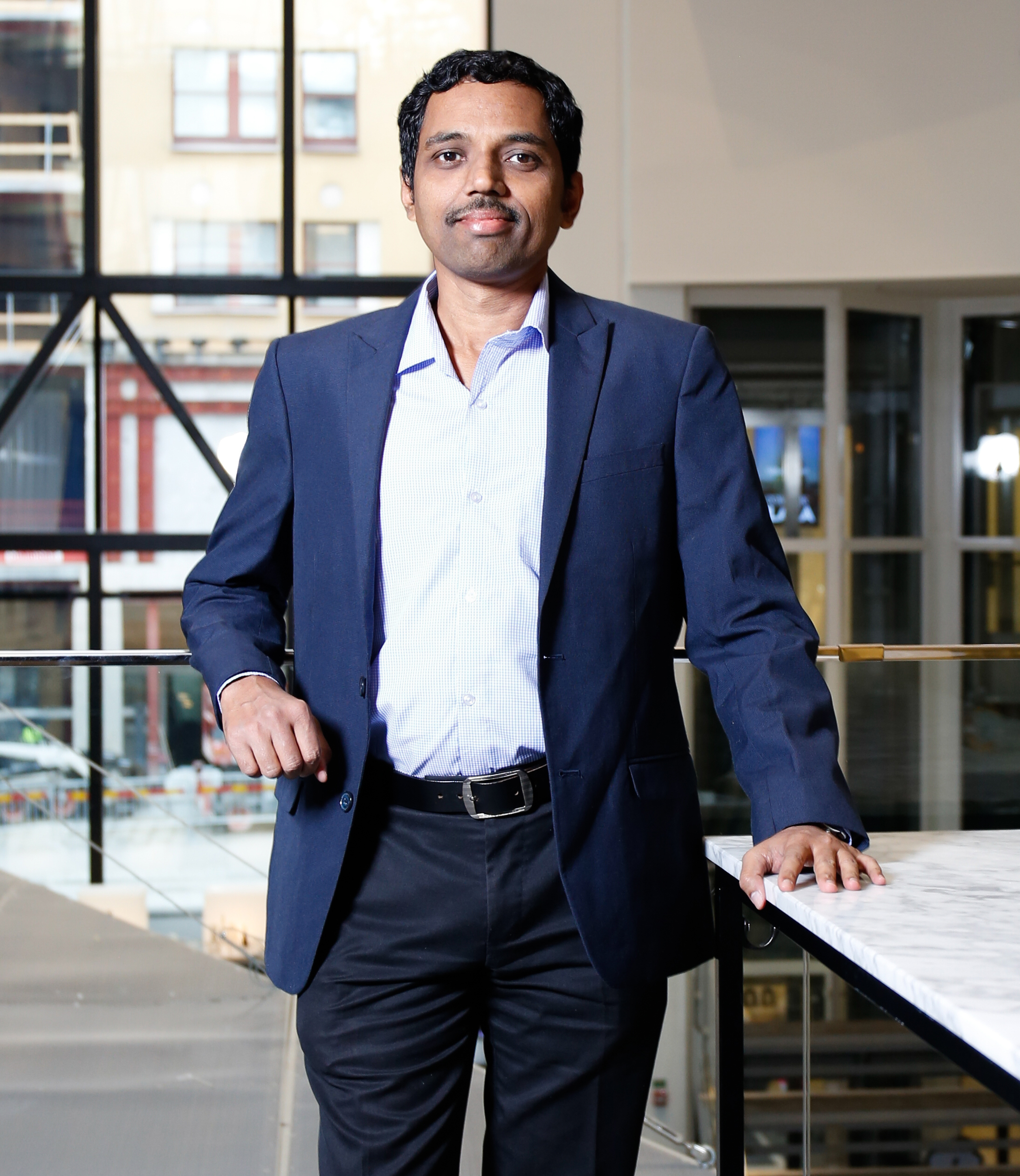Electric heating isn’t new in this space. In lithium-ion battery cathode materials and the MLCC production, electric roller hearth kilns have long been the standard, enabling precise temperature control, cleaner operations, and high productivity. Now, the steel industry is starting to follow suit.
 Sachin Pimpalnerkar, Global Product Manager at Kanthal.“Globar® silicon carbide (SiC) heating elements have been used for years in roller hearth kilns for battery and electronics applications,” says Sachin Pimpalnerkar, Global Product Manager at Kanthal. “What we’re seeing now is that steel producers are starting to explore these systems as well to boost productivity, reduce emissions, and future-proof their operations.”
Sachin Pimpalnerkar, Global Product Manager at Kanthal.“Globar® silicon carbide (SiC) heating elements have been used for years in roller hearth kilns for battery and electronics applications,” says Sachin Pimpalnerkar, Global Product Manager at Kanthal. “What we’re seeing now is that steel producers are starting to explore these systems as well to boost productivity, reduce emissions, and future-proof their operations.”
“It’s not about ‘if’ it works. It’s about recognizing the benefits and making the switch,” he asserts.
Why is steel considering the switch?
Decarbonization may be a driving factor, but for many steelmakers, it’s only part of the equation.
Steel producers want tighter process control, higher thermal efficiency, no unplanned shutdowns, and lower maintenance costs. With the right elements, electric roller hearth furnaces can deliver all of that and more.
“When you switch to electric, you’re not losing 60 to 70 percent of your heat through exhaust like with gas-fired systems,” Pimpalnerkar explains. “Electric heating can push thermal efficiency close to 95 percent and eliminate CO₂ emissions if powered by fossil-free electricity.”
Why Globar® makes the difference
In roller hearth kilns, heating elements are typically mounted above the steel goods as they move through the furnace on rollers. As steel producers tend to select wider furnaces for higher throughput, the heating-element length also needs to increase to support the process. “You need an element with superior mechanical strength to achieve a reliable performance and a long service life at such extended element lengths. That’s where we have a competitive edge,” says Pimpalnerkar.
“For hot-zone lengths beyond 2 meters, we typically recommend Globar® AS grade, which performs well under temperature cycling and structural stress.”
In processes like the annealing of stainless-steel strips, where the strips pass through the furnace for heat treatment, the ability to maintain uniform, precise temperatures is essential to prevent inconsistencies in the final product.
“Globar® SiC elements (1,625°C (2,927°F)) operate at higher temperatures than metallic (1,425°C (2,600°F)) options,” says Pimpalnerkar. “This helps not only to achieve the precise target temperatures but also enables faster speeds through the furnace, thereby improving productivity.”
Another major advantage?
Electric roller hearth kilns allow steel producers to fine-tune power density and process control in ways that aren’t possible with gas.
Another advantage of Globar® is ease of replacement. “The elements can be swapped without shutting down the furnace,” states Pimpalnerkar.
“That’s a big value driver for customers who can’t afford unplanned downtime.”
He adds that electric roller hearth kilns allow steel producers to fine-tune power density and process control in ways that aren’t possible with gas.
“Metallic heating elements are limited in power density. But Globar® elements let you push higher temperatures and achieve better performance, especially when you need that power density across a wide furnace zone,” he adds.
A solution proven in other industries
While the steel industry gradually switches to electric heating, Pimpalnerkar emphasizes that the Globar® grades are already delivering proven performance in the battery and electronics industries.
“These are tough environments—high temperatures, aggressive atmospheres, sometimes even water vapor,” he says. “That’s where Globar® outperforms, both in service life and thermal stability.”
What's next for steel?
Steel producers exploring electric roller hearth kilns with Globar® SiC elements can expect:
- Higher efficiency: Electric heaters waste almost no heat, unlike gas systems that lose up to 70% through exhaust.
- No emissions: If powered by fossil-free electricity, electric heating can be completely CO₂-free.
- Better control: Precise temperature control allows for tighter process stability and better quality.
- Even heat: Uniform heating eliminates hot and cold spots.
Pimpalnerkar is clear: “Electrification in steel isn’t a theory anymore, it’s happening. If a steel producer is willing to go electric, we can take it from there.”